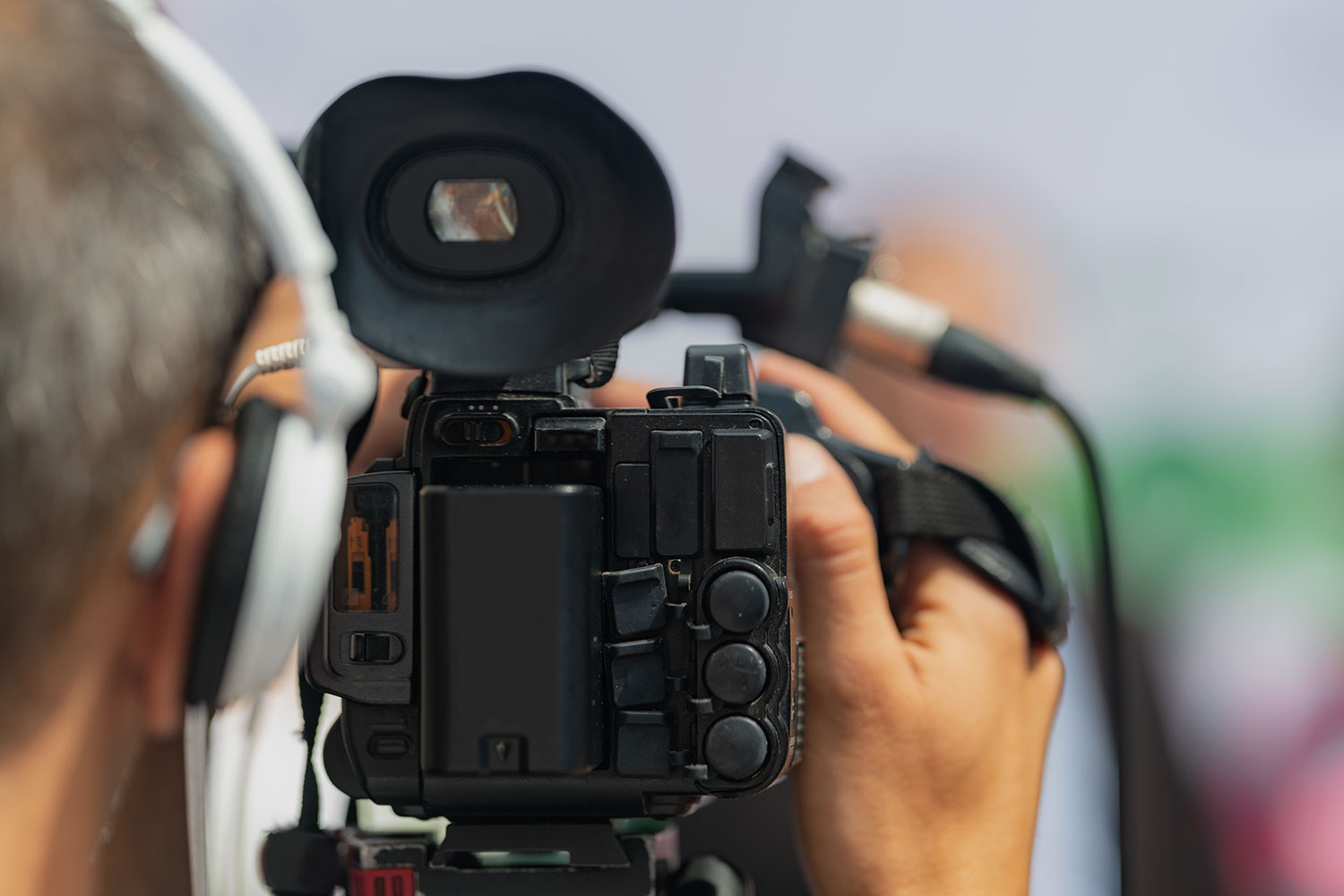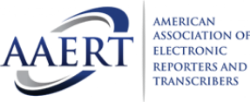How Legal Videography is Becoming an Invaluable Tool for Legal Professionals
How Legal Videography is Becoming an Invaluable Tool for Legal Professionals
Blog Article
Why Lawful Videography Is Important for Accurate Court Recordings
The role of legal videography in court setups can not be overstated, as it functions as an important device for maintaining the honesty of court documents. By catching both spoken and non-verbal communication, it boosts the quality of witness testaments and shows the subtleties of court room communications. This comprehensive documents not just help in decreasing possible misconceptions but additionally sustains appellate reviews, consequently reinforcing the judicial process. Nevertheless, the ramifications of integrating legal videography right into basic court room techniques increase vital questions concerning its more comprehensive effect on the lawful system. What might these ramifications require?
Value of Visual Evidence
In the world of lawful proceedings, the value of visual evidence can not be overstated. Aesthetic proof works as an effective device in developing truths, affirming testaments, and boosting the total clearness of a case. This sort of evidence, which consists of pictures, video clips, and representations, can give a substantial context that verbal summaries typically lack, consequently using courts and courts a more clear understanding of the conditions surrounding a case.
Furthermore, aesthetic evidence help in the retention of information. Human cognition is naturally aesthetic, and individuals are more probable to bear in mind and comprehend information presented in an aesthetic layout. In the court, this can be important, as engaging aesthetic evidence can persuade opinions and strengthen the story presented by lawful representatives.
Furthermore, making use of aesthetic evidence can reduce misunderstandings and ambiguities that frequently emerge from verbal exchanges. By offering a straight depiction of occasions, aesthetic proof helps to eliminate subjective interpretations and cultivates an extra objective assessment of the truths. Consequently, the combination of aesthetic evidence right into legal process not only reinforces the honesty of the judicial procedure yet also enhances the probability of achieving a simply result.
Capturing Non-Verbal Cues
Using sophisticated videography methods can significantly enhance the capture of non-verbal cues throughout lawful procedures. Non-verbal communication, consisting of faces, body movement, and eye call, plays an important function in communicating emotions and intentions that might not be clearly mentioned in spoken statement. legal videography. Lawful videography employs high-definition cameras and critical angles to ensure that these refined signs are videotaped with quality and precision
The capacity to assess non-verbal habits can supply important context to declarations made throughout court sessions. For example, a witness's reluctance or self-confidence can be analyzed through their position or gestures, possibly affecting the court's perception of integrity. In addition, making use of close-up shots can aid focus on a speaker's expressions, permitting an extra nuanced understanding of the statement.
Moreover, incorporating several electronic camera angles can produce a thorough sight of interactions, highlighting dynamics in between celebrations included. This complex method not just improves the accuracy of the court document however also help in maintaining the integrity of the judicial procedure - legal videography. Eventually, catching non-verbal signs via legal videography cultivates a richer, more total representation of court process

Enhancing Statement Reliability
The dependability of testimony can be significantly bolstered with making use of top quality legal videography. Video recordings work as an unbiased medium that captures not only the talked words of witnesses yet also the subtleties of their shipment, including tone, pacing, and emotional expressiveness. This complex documents supplies a more clear understanding of the witness's trustworthiness and intents, which can be pivotal in lawful procedures.
Furthermore, lawful videography lessens the possibility for misconceptions that might emerge from composed records alone. When jurors can observe a witness's disposition and body language in conjunction with their testimony, they are much better outfitted to assess the credibility and integrity of the evidence presented. This aesthetic context can reinforce the testimonial story, making it a lot more engaging and trustworthy.
In addition, the visibility of a video clip recording can prevent potential disparities in testimony. Witnesses may be more cautious in their declarations when they know they are being tape-recorded, causing more precise and sincere accounts. In general, premium lawful videography enhances the integrity of testament, making sure that the court has accessibility to a total and truthful representation of the realities as conveyed by the witnesses.
Supporting Appeals and Reviews
Lawful videography plays an essential duty in sustaining appeals and evaluations by supplying a comprehensive visual record of courtroom process. This visual paperwork records not only the talked words of witnesses and attorneys yet additionally the subtleties of body language, tone of voice, and court characteristics. Such components can be pivotal in comprehending the context of statements and debates presented.
In the appellate procedure, where the emphasis is on mistakes of law and step-by-step fairness, a video record can act as a helpful hints crucial tool for appellate courts. It allows judges to review the initial trial context, ensuring that choices are based on a full understanding of the procedures. The capability to aesthetically assess the attitude of witnesses or the interactions in between events can reveal understandings that written records may ignore.

Furthermore, legal videography can aid in making clear uncertainties in statements or procedural rulings, consequently strengthening the basis for a charm. By providing a reputable, unbiased account of what taken place in court, lawful videography not only supports the stability of the lawful procedure but also equips all events entailed to make educated decisions concerning their instances.
Enhancing Court Room Procedures
Enhancing court effectiveness, legal videography enhances procedures by supplying prompt access to visual records of procedures. This technology permits judges, attorneys, and juries to review critical testimony and evidence, ensuring that all parties have a clear understanding of the instance. why not check here By capturing the nuances of spoken and non-verbal communication, videography enhances the record, making it simpler to realize the context and weight of testaments.

Additionally, video clip recordings can help with remote involvement in hearings, permitting higher flexibility in organizing and involvement, which is especially important in complex cases involving multiple stakeholders.
Conclusion
Finally, legal videography plays a crucial function in making certain exact court recordings by supplying important aesthetic evidence that records both verbal and non-verbal communication. This practice enhances the dependability of testimonies, supports appellate testimonials, and simplifies courtroom procedures. By cultivating an extensive understanding of court dynamics, legal videography eventually adds to a lot more fair judicial results, strengthening the stability of the Visit Your URL legal system and helping with notified decision-making.
Report this page